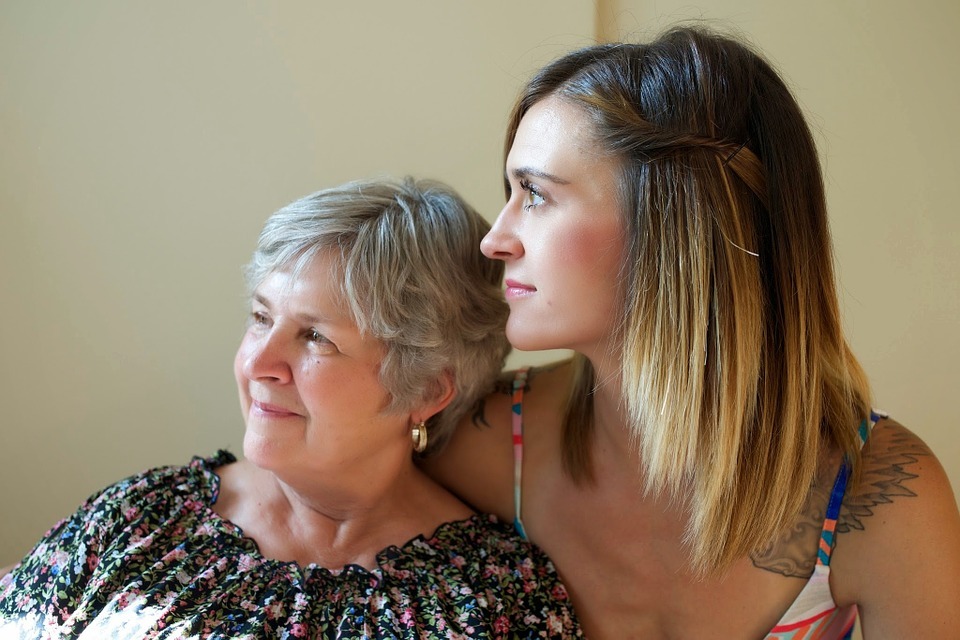The thought of giving up favorite activities if you or a loved one is diagnosed with Alzheimer’s is a common one. Luckily, you don’t have to say goodbye to a favorite pastime. In fact, with a few modifications, these activities can not only continue to bring your loved one pleasure, they can also be an integral part of their Alzheimer’s care plan.
Finding an assisted living community with a home-like environment will help your loved one will feel at ease and become the happy person you remember. Integrating their favorite activities in a safe, stimulating way allows your loved one to remain engaged with their family.
Important Guidelines to Consider Before Planning Activities
The truth is, you might not be able to just jump in and engage your parent or loved one the same way you used to do. With a few tweaks, however, you can form new routines that will support them and their current abilities.
Establish Consistent Routines
Many people of all ages find comfort in routine, in knowing what’s going to happen next. This need for predictability is amplified for your loved one with Alzheimer’s. Keep this in mind when choosing activities for your family member. Did he or she always take a shower in the morning, or did they prefer bathing just before bed? By mimicking the routine they’re used to you will enhance their feelings of well-being and comfort. Once you set a routine, make sure you keep it going. If they know that an evening stroll always happens, they’ll be more likely to expect it and even look forward to it, especially in the early-to-mid stages of the disease when long-term memory is still intact.
Be Mindful of Individuals’ Needs

When choosing which activities to suggest, consider your loved one’s needs at the present time. Ask yourself if there are any skills that need to be reinforced, like grooming, table manners or spatial recognition. Or, consider what activities bring them joy and de-escalate a tense situation, like listening to music or completing a jigsaw puzzle. Also, some activities might need to be modified if their physical condition has changed. Maybe your family member loved to play tennis but is now in a wheelchair. Consider challenging them to a friendly tennis match on Wii Sports.
Keep It Simple, Brief, and Individualized
The goal of these activities is to maintain a connection with your loved one. Don’t over complicate the matter by reaching too far when looking for activities to supplement their Alzheimer’s care. Keep your family member’s current abilities in mind. They may not have the attention span they once did, so a short activity is ideal. Following complicated instructions might not be the best fit for them anymore, as well. Choosing activities that are individualized for their health status, interests and current abilities will result in an enjoyable experience for everyone.
Activities to Help Make a Connection
Even with these stipulations, there are still plenty of activities available that would be ideal for strengthening your connection to your loved one with Alzheimer’s. Suggest the two of you watch their favorite movies or TV shows. Revisiting these familiar shows can prompt him or her to share precious memories with you, increasing their sense of wellbeing. The same positive experience can be achieved by looking through photo albums with them. As you thumb through the pictures, help guide the conversation to pleasant memories, not sad ones. Both of these activities can be accomplished by someone with limited mobility.
If your loved one enjoyed music in their youth, now would be a great time to listen to music together, or even sing along to songs. If they played an instrument such as piano or guitar, see what songs they can still play. You both might be pleasantly surprised by how much knowledge is still locked in their long-term memory. Other largely sedentary activities include playing card games (with large-print cards if necessary), putting together puzzles and reading stories or books together.
More active options include revisiting old skills such as baking, sewing or knitting. Going on a walk outside together gives your loved one a chance to use all of their senses as they smell the flowers, listen to birds and feel the breeze on their skin.
Multisensory Therapy for Alzheimer’s Residents
 Engaging all the senses is essential to what is called multisensory therapy. Multisensory rooms like the ones found at Serenity Place, help people with Alzheimer’s and other dementia connect with the world in a safe, nurturing environment. The dimmed therapy room features colorful dancing lights, soothing lavender scent in the air, and vibro-acoustic chairs. Residents are free to engage with the room through calming music, texturized walls, and bubbles.
Engaging all the senses is essential to what is called multisensory therapy. Multisensory rooms like the ones found at Serenity Place, help people with Alzheimer’s and other dementia connect with the world in a safe, nurturing environment. The dimmed therapy room features colorful dancing lights, soothing lavender scent in the air, and vibro-acoustic chairs. Residents are free to engage with the room through calming music, texturized walls, and bubbles.
Some benefits of sensory therapy include increased communication from your loved one, elevated moods and higher self-esteem.
A person living with Alzheimer’s or other dementia shouldn’t have to give up their favorite activities. By modifying activities, quality of life can be enhanced, reducing stress and negative behaviors. If you have a loved one suffering from Alzheimer’s or dementia, The Cottage is here to help. Learn more about memory care at The Cottages by contacting us today.


1 thought on “Making a Connection: Top Activities for Alzheimer’s Residents”
Comments are closed.